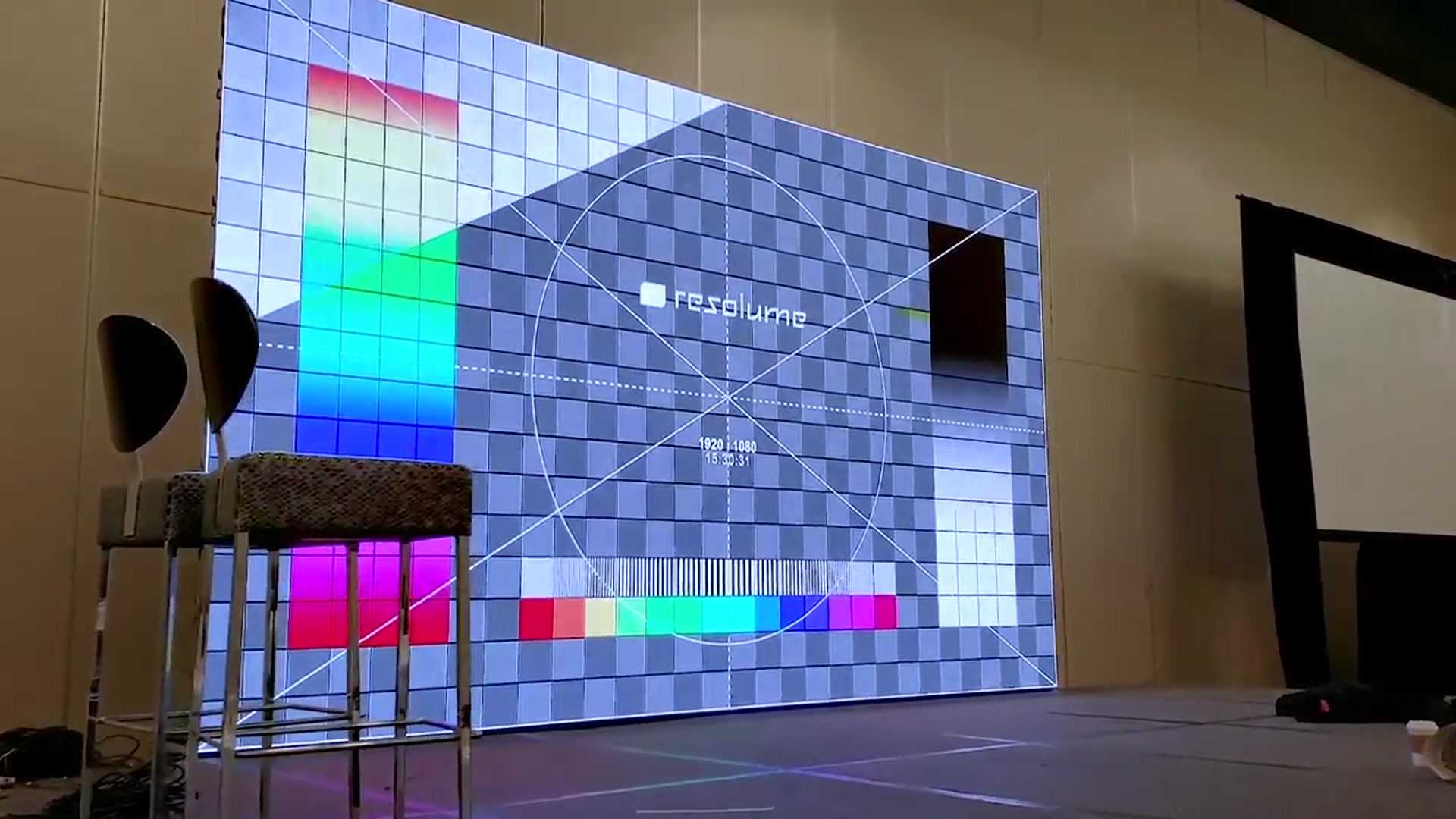Demystifying Luminescent Panel Surface Illumination Metrics aiming at Optimal Visual Performance
Demystifying Luminescent Panel Surface Illumination Metrics aiming at Optimal Visual Performance
Blog Article
LED wall panels are increasingly popular across various environments, including residences and commercial spaces and public areas. Such screens tend to be known due to the bright as well as vibrant displays, that render these suitable to communicating data, advertisements, and entertainment. However, understanding brightness illumination levels for Light Emitting Diode panel screens remains crucial to guaranteeing optimal visual performance. Illumination can be measured in units known as candelas, that indicate the amount of luminosity is emitted by a screen. The greater number of number in candelas, the brighter brighter the visual is. For instance, instance, one panel boasting 1,000 nits is considerably more vivid compared to one with 500 nits, making this one better equipped in well-lit settings.
As you selecting a Light Emitting Diode panel screen, it becomes crucial to take into account which environment where that it will be placed. In brightly illumined spaces, like shopping malls and open-air settings, higher higher brightness rate is necessary to ensure clarity. On the other hand, in dimmer environments, like cinemas and conference rooms, lower diminished illumination rate may suffice. This is bright excessive luminosity within an dark environment can result to discomfort among viewers, causing it harder to concentrate with a display. Therefore, comprehending the particular requirements of the installation site can aid in choosing a suitable illumination rate to ensure ideal Continue Reading visual experience.
Another crucial element for take into account is contrast contrast proportion of an LED wall panel. The contrast ratio indicates how much difference exists between the brightest brightest light versus the darkest black shade that a panel is able to create. A higher differential proportion indicates that it is capable of show greater clarity and richness, which enhances overall image quality. For example, a panel with a differential ratio of ten thousand to one is able to show images with more brilliant hues and crisper details than one featuring a ratio of 1,000:1. This is especially crucial when showing visuals and motion graphics which demand greater definition as well as detail, such as presentations or advertising material.
Additionally, the technology mechanism that drives LED wall panels plays a crucial role for their brightness as well as overall performance. Different types of LED technologies, such as Organic Light Emitting Diode and Liquid Crystal Display, possess distinct characteristics that affect how brightness is perceived. OLED panels typically provide superior contrast and deeper shades, thereby may improve a visual experience within dim settings. Conversely, traditional LED panels may be more suitable multi-screen led setups for bright environments due to their ability to produce greater levels of brightness. Comprehending such tech-related variances will guide users in making informed decisions based on specific specific needs.
In conclusion, regular maintenance and calibration of Light Emitting Diode panel screens may assist preserve optimal illumination and efficacy long-term. Dirt and dirt can accumulate in a surface, impacting its illumination as well as sharpness of the display. Regular washing as well as professional calibration can guarantee that panel panel functions in its best, providing uniform image quality. Additionally, some advanced LED wall screens feature built-in built-in features which enable users to modify illumination settings and color settings based on their wants. By implementing such steps, operators will guarantee the LED Light Emitting Diode wall screens provide the best visual efficiency, regardless of the setting where which they are placed.